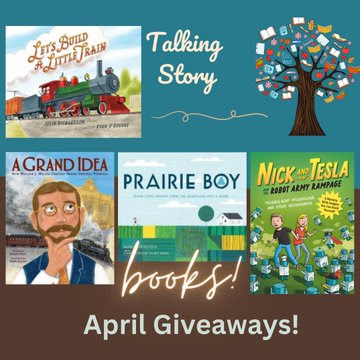Twenty years ago, Ravendale Middle school caught fire and Jane Wright was lost forever. No one ever found out how the fire was started, leaving Jane’s ghost to wonder about the mystery of her death. Was it really an accident? Would she ever find the person who started it so she could finally be at peace and cease haunting the school grounds?
Middle-schooler, Kate Sablousky, moves to the town of Ravendale and discovers she has inherited her Jewish grandmother’s ability to see ghosts when she makes friends with a strange girl at school who no one else can see. Can Kate help her new ghostly friend find the answer to the mystery behind her death?
I felt heartbroken, and I’d only just met Jane.
Well, would I even call it that?
We couldn’t have met because she couldn’t be real. My stomach churned, picturing her poor mother and father with no real answers about what led to their daughter’s death.
I’d never believed in the concept of closure. I probably didn’t have real “closure” from the fact my dad left Mom and me, but I’d learned to find peace with it. I doubted the Wrights had been able to find that peace. (p.46)
I enjoyed the fast-paced writing style and description of details. Even though the story carries with it some very heavy and sad themes, I liked that it had a satisfying conclusion that brings the plot all together. In horror stories, the main characters seem to always get themselves into terrible situations because of their own stupidity; but Kate was aware of danger which was refreshing to have a clever character who had a sense of self-preservation.
As a Christian, I personally don’t enjoy stories where they fantasize the afterlife or use it as a concept for world building. Since the story was set in our world, that made the extra afterlife process feel strange to me.
At one point in the story Jane tells Kate:
… “maybe you could help me. I’m stuck here. I can’t… pass on.”
… “And yes, I need your help,” Jane continued. A moment of silence made her plea all the more terrifying before she resumed.
“I don’t know why I died.” (p.52)
In the story Jane cannot rest in peace until she has solved the mystery behind her death, which was also symbolic of the way grief can hold you hostage and unable to move forward. Even though I personally don’t like afterlife concept stories, it gave me a good opportunity to talk with my family about worldviews in stories, and how to view ghosts stories and hauntings.
Life’s not just the here and now.
Tears welled in my eyes. I’d misunderstood Bubbe’s saying all this time. She was trying to prepare me. In case I was like her. In case I ever saw people like Jane. (p. 47)
RECOMMENDATION
I recommend this middle-grade book by Caitlin Alexander for anyone who loves a quick-read book series and enjoys scary mysteries.
On the Monarch site, they have book ratings which is super helpful for knowing what exactly is in a book, I recommend checking it out as it would be informative and help you decide if the book is for you.
Who knows? Maybe Jane will capture your interest and you can solve the mystery along with Kate and her ghostly friend.
I returned Jane’s smile. She didn’t strike me as much of a rulebreaker, but she knew the school better than I did. I wanted to know more about her. (p.33)
Josie Murdock is 12 years old and lives with her family on a research farm in South Carolina. She is homeschooled and loves reading, drawing, and foxes. Her last book review was here.
Congratulations to Rebecca Wheeler who won THOMAS JEFFERSON'S BATTLE FOR SCIENCE.












.png)












.png)
.png)







